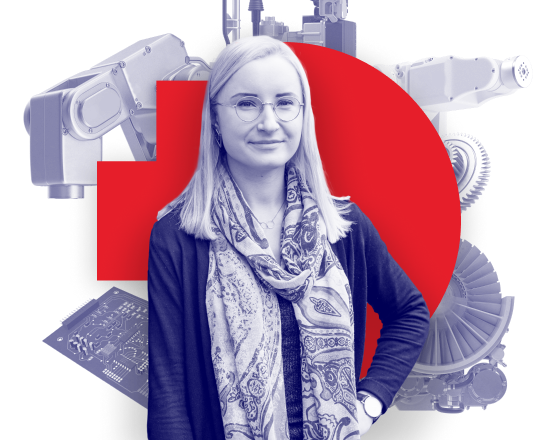As a graduate of this course, you will be equipped with the comprehensive body of knowledge, cognitive skillset, and ability to utilise various systems thinking and modelling techniques to describe, investigate and analyse complex engineering systems and their associated issues. Your advanced understanding of engineering principles will be underpinned by your knowledge of natural, physical and engineering sciences, mathematics, statistics, computer and information sciences.
The problem solving and design skills you develop throughout this course will enable you to develop creative and innovative solutions to engineering problems, anticipate and manage consequences, and operate within appropriate risk frameworks to minimise hazards. Through the research component of your course, you will demonstrate information management, and acknowledge your contributions to the field and those made by others.
You will also be able to identify and communicate the legal, social, economic, ethical and environmental benefits, risks, requirements and impacts of various engineering activities to key stakeholders.
Your core professional skills will include the ability to initiate, plan and lead engineering activities with a systematic approach, understanding the scope, practice, norms and accountabilities of contemporary engineering practice, and engage in effective team membership and leadership. Most importantly, you will demonstrate professional conduct and a personal sense of responsibility and accountability for your evolving professional practice.




